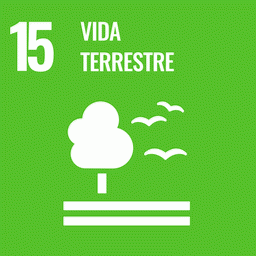Although tropical forest fires are naturally rare, they have become more frequent and intense in response to recent changes in land use and climate. This shift in fire regime may drive widespread forest degradation in Amazonia, with important consequences not only for species richness but also for functional and phylogenetic diversity. Here, we test the overall hypothesis that fire-induced tree mortality causes more losses in phylogenetic and functional diversity than in taxonomic diversity, because fire kills trees non-randomly. To test this hypothesis, we established a large-scale, long-term (nine-year) fire experiment in southeast Amazonia in three 50-ha plots, with unburned Control and two different fire regimes (burned annually and burned every three years), between 2004 and 2010. Overall, tree assemblages exposed to experimental fires lost more phylogenetic and functional diversity compared to unburned areas, especially where the experimental fires were more intense (in areas burned every three years). The rate of loss of phylogenetic and functional diversity per species-unit was higher for larger trees than for small ones, which indicates that fire-induced mortality is more random for small trees. Our results indicate that fire acts as a selective pressure, filtering species with similar phylogenetic and functional traits. Given that forest fires are likely to become more common and frequent in the region, it is essential to understand their impact above and beyond taxonomic diversity.
Drought Sensitivity of the Amazon Rainforest
Amazon forests are a key but poorly understood component of the global carbon cycle. If, as anticipated, they dry this century, they might accelerate climate change through carbon losses and changed surface energy balances. We used records from multiple long-term...
